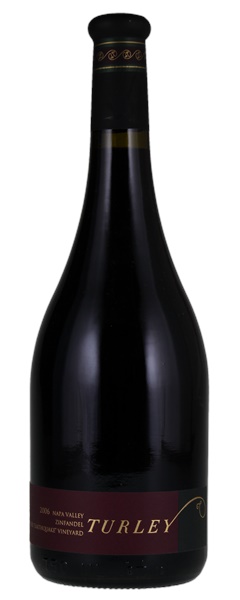Estimate

Young and untamed, but that’s the appeal. Offers lively aromas of wild berry, smoky oak and spice aromas that open to layered, zesty plum, pomegranate and licorice notes.
Cherry, pepper and smoke, along with an intriguing flinty quality, on the slightly reduced nose. Moderately sweet and fat, with the smoke and flint nuances carrying through on the palate.
It is an elegant style, with high acidity, and restrained and somewhat understated...